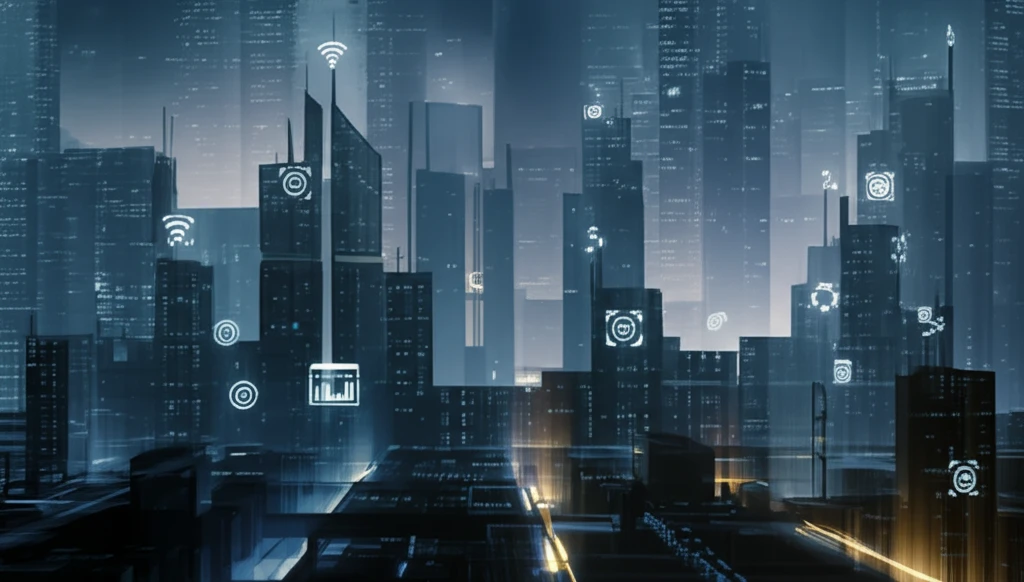
Smarter Structures: Can 'Self-Sensing' Concrete Revolutionize Construction?
"New research explores how geopolymeric cementitious composites can store energy and monitor structural health, paving the way for intelligent infrastructure."
For decades, civil infrastructure has relied on standard materials like Ordinary Portland Cement (OPC). While effective for load-bearing, OPC lacks the advanced functionalities needed for modern, sustainable infrastructure. This is driving interest in innovative materials that can enhance the safety and longevity of our buildings, bridges, and roadways.
Now, researchers are exploring a new class of material called geopolymeric cementitious composites. Unlike traditional concrete, these composites can be tuned to store and deliver energy and even sense their own structural health. This breakthrough could lead to smarter, more resilient infrastructure that requires less maintenance and offers enhanced safety features.
One promising type of geopolymeric cement is potassium-geopolymeric (KGP) cement. Recent studies have demonstrated that KGP composites can function as both electrical energy storage devices and self-sensing stress sensors, all without the need for expensive and potentially harmful additives. This opens the door to a new era of multifunctional structural materials.
What Makes KGP Cement 'Self-Sensing' and Energy-Storing?

The secret behind KGP cement's unique abilities lies in its inherent ionic conductivity. Unlike OPC, KGP cement facilitates the movement of potassium ions (K+) within its structure. This ionic conductivity allows the material to:
- Sense Mechanical Stress: Changes in stress levels affect the ionic conductivity, allowing the material to act as a sensor.
- Self-sensing capabilities.
- Electrical energy storage.
- Load bearing.
The Future of Smart Infrastructure
KGP cementitious composites represent a significant step towards creating intelligent and sustainable infrastructure. With further development, this material could be used to build structures that monitor their own health, store renewable energy, and adapt to changing environmental conditions. This innovation promises to enhance the safety, efficiency, and resilience of our cities for generations to come.
